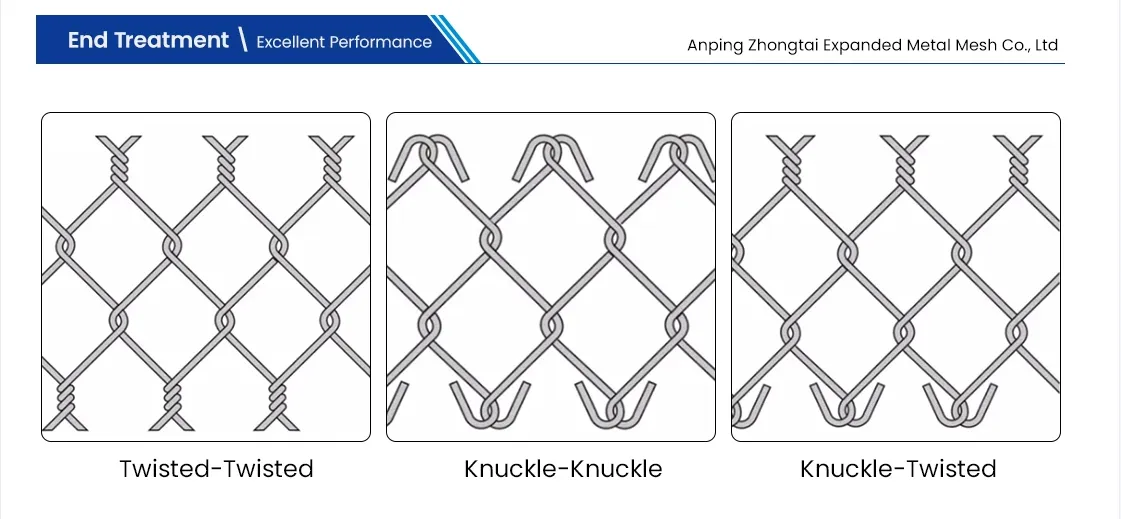The Importance of Wind Dust Fences in Dust Control
In the ever-evolving landscape of environmental management, wind dust fences are garnering increasing attention as a practical solution to mitigate dust emissions. Dust can have detrimental effects on air quality, human health, and the overall ecosystem. As urban areas expand and industrial activities proliferate, the need for effective dust control measures becomes ever more pressing. This essay will explore the function, design, and benefits of wind dust fences, highlighting their importance in addressing dust pollution.
Function of Wind Dust Fences
Wind dust fences serve as barriers designed to reduce wind speed and subsequently prevent the dispersion of dust particles into the atmosphere. By obstructing the wind flow, these fences can significantly minimize dust emissions from open lands, construction sites, and agricultural fields. The primary aim of a wind dust fence is to create a microclimate that keeps dust suspended and reduces its movement, thereby protecting nearby communities from air quality degradation.
Design Characteristics
The effectiveness of wind dust fences largely depends on their design. Typically, these fences are constructed using materials like wood, metal, or synthetic fabric, strategically placed to intercept the wind. The height, density, and length of the fence play critical roles in its performance. A taller fence can block more wind, while a denser design can trap more dust particles. Additionally, the angle of the fence concerning dominant wind directions is crucial; optimal positioning ensures maximum effectiveness in dust reduction.
Innovative designs, such as vented fences or porous barriers, have emerged to enhance functionality. These designs allow wind to pass through while still reducing speed, thus minimizing turbulence on the leeward side. This approach balances the need for airflow with effective dust control, making them suitable for various environments, including sensitive ecological areas and urban settings.
wind dust fence

Benefits of Wind Dust Fences
The benefits of implementing wind dust fences are multifaceted. Firstly, they contribute significantly to improved air quality by decreasing the concentration of airborne dust. This is particularly important in industrial settings, where dust can aggravate respiratory issues and other health problems among workers and local residents. Furthermore, by controlling dust emissions, these fences help maintain compliance with environmental regulations, avoiding potential fines or legal challenges.
Economically, wind dust fences can also provide benefits by protecting agricultural productivity. Dust can damage crops and reduce yields, leading to financial losses for farmers. By implementing these dust control measures, agricultural productivity can be safeguarded, and soil erosion can be minimized, ensuring the long-term viability of arable land.
Moreover, wind dust fences play a significant role in promoting sustainability. Shielding sensitive areas, such as wildlife habitats, from dust emissions fosters biodiversity and protects ecosystems. By mitigating the impacts of dust on flora and fauna, these structures contribute to the resilience of natural environments.
Conclusion
In conclusion, wind dust fences are a practical and effective solution for managing dust emissions in various settings. Their strategic design, functionality, and numerous benefits underscore their relevance in today’s fight against air pollution. As awareness of environmental issues grows, integrating such measures into urban planning and industrial operations will be crucial. By doing so, we can not only enhance air quality and protect public health but also ensure the sustainability of our ecosystems for future generations. Implementing wind dust fences is a proactive step towards creating a cleaner, healthier world.
-
Why Galvanized Trench Cover Steel Grating Resists Corrosion
NewsJul.10,2025
-
The Versatility and Strength of Stainless Expanded Metal Mesh
NewsJul.10,2025
-
Load Calculations in Steel Grating Platforms
NewsJul.10,2025
-
Keeping Pets and Kids Safe with Chicken Wire Deck Railing
NewsJul.10,2025
-
Hole Diameter and Pitch for Round Perforated Metal Sheets
NewsJul.10,2025
-
Aluminium Diamond Mesh in Modern Architecture
NewsJul.10,2025
Subscribe now!
Stay up to date with the latest on Fry Steeland industry news.

